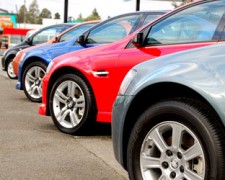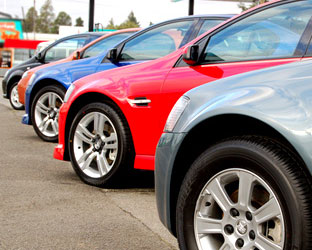 A new study from Borrell Associates says there will be an increase in automotive ad spend, but those dollars will continue to move away from traditional media towards online advertising. Car sales are up 8%, rebounding to an estimated 15.6 million vehicles and approaching that of pre-recession years when 17 million cars were sold. Auto advertising is predicted to be a $32.8 billion business in 2013, up 2% from 2012. Online and mobile outlets will see an 18.7% rise in the category this year.
A new study from Borrell Associates says there will be an increase in automotive ad spend, but those dollars will continue to move away from traditional media towards online advertising. Car sales are up 8%, rebounding to an estimated 15.6 million vehicles and approaching that of pre-recession years when 17 million cars were sold. Auto advertising is predicted to be a $32.8 billion business in 2013, up 2% from 2012. Online and mobile outlets will see an 18.7% rise in the category this year.
Why? Digital media is so critical to researching an auto purchase that it’s a no-brainer that the ads should be placed there.
The report says that within five years, annual spending by dealers and manufacturers on digital video advertising will go from $2 billion to more than $9 billion – most certainly at the expense of local radio and TV.
In addition more dollars being diverted to digital media, the big shakeout of the Great Recession has also left traditional media fewer dealers to call upon, which means fewer competing commercials. Add the emerging threat of direct-to-consumer sales, the growing power of manufacturers’ websites as lead generators, and the dynamics of governmental regulation on what dealers can do with car loans, and it’s easy to see that the shakeout is by no means over.
Automotive advertising is no longer an old reliable seesaw for local media. The big trouble cuts across the largest traditional media outlets, with one exception:
–Newspapers are getting hit hardest, with auto advertising down 29.3%
–Broadcast TV is forecast to be down 16.7% this year
–Radio is forecast to see a 15.9% decline
–Direct mail is up 22.9%, a big surprise
–Online and mobile advertising are up 18.7%
Automotive advertising continues to be in perhaps the deepest transition of all local advertising categories. The first wave of migration involved print classified listings, which played a role at the lower end of the buying funnel now
dominated by digital media; the second wave involves branding-type broadcast advertising, now in the early stages of its migration to digital.





